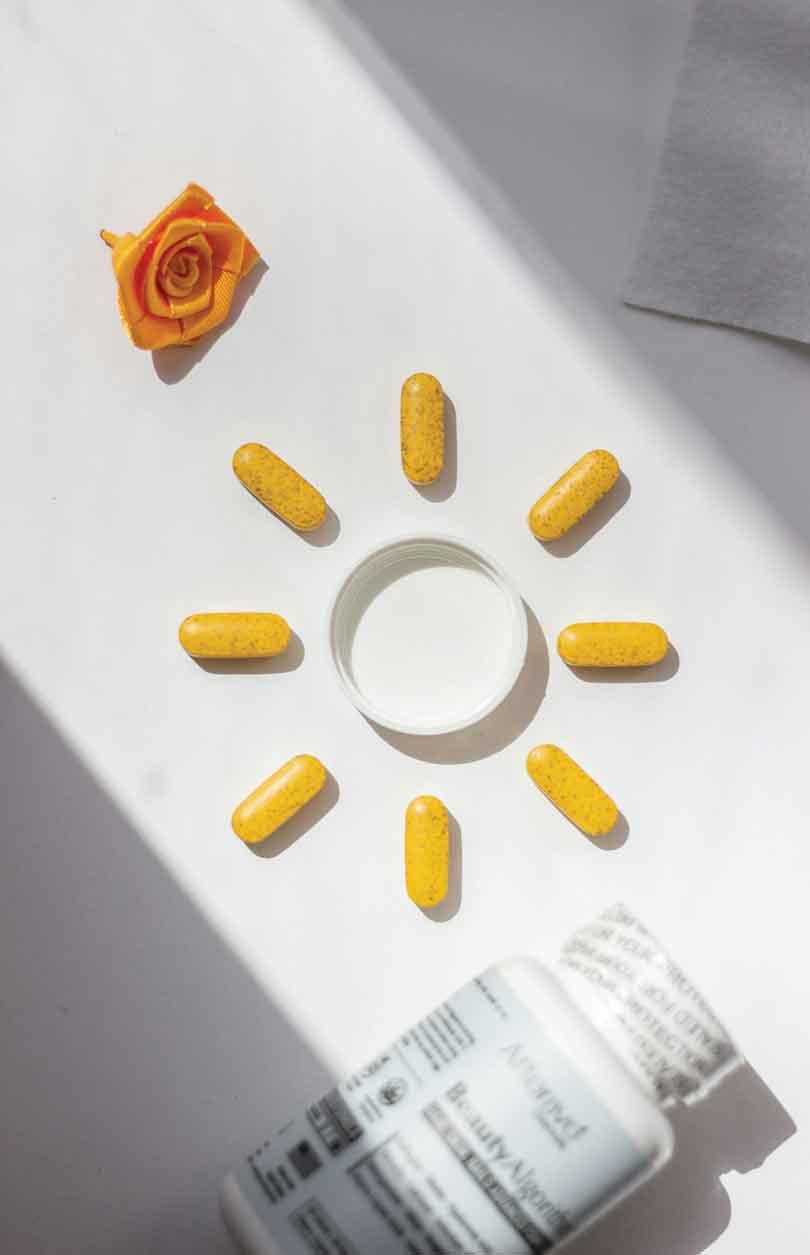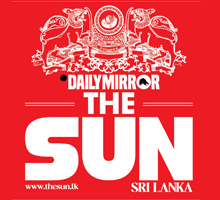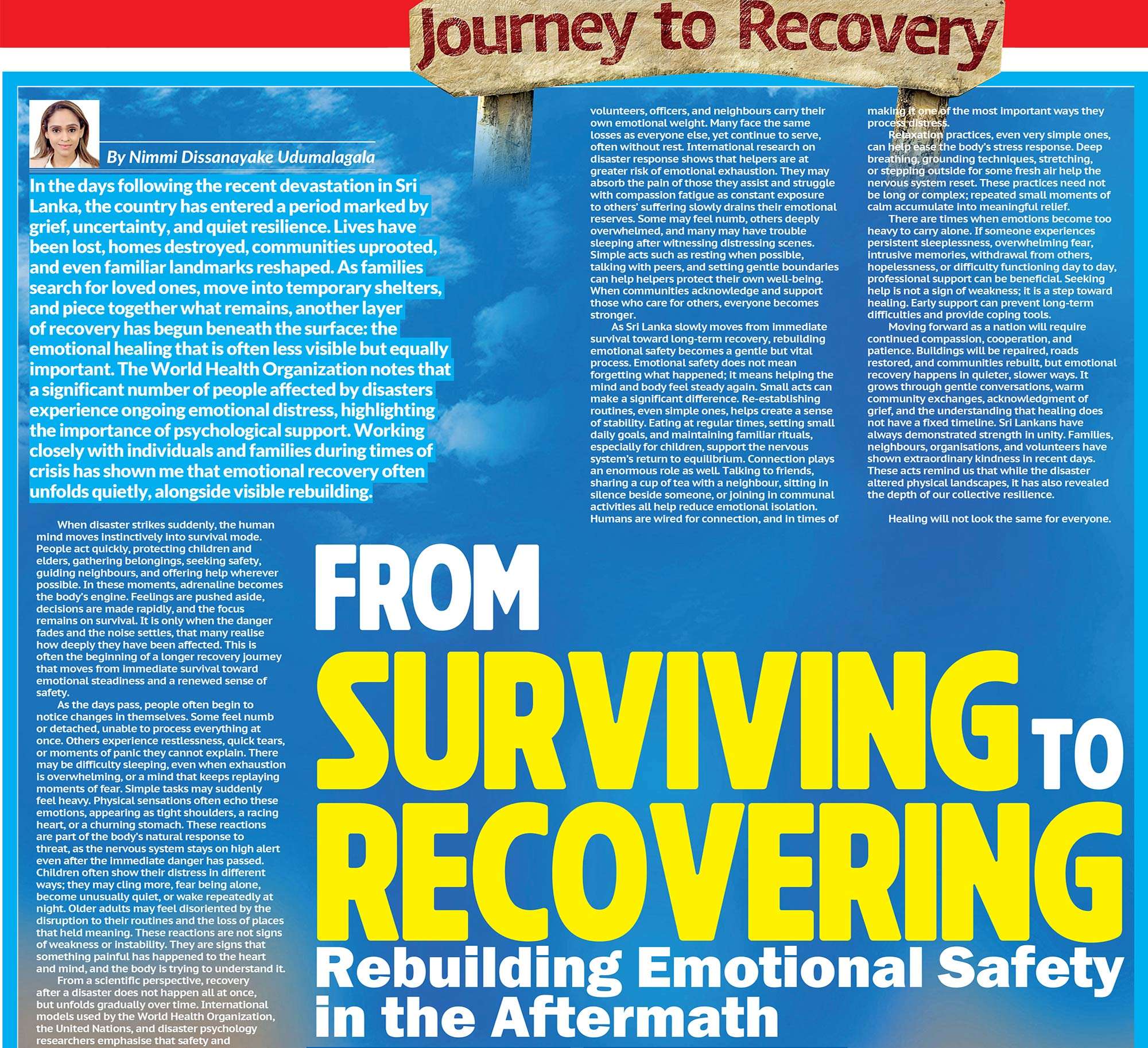


As a nutritionist, if I had to pick one vitamin that’s causing a surprising amount of buzz (and concern) in clinics across our sunny island, it would be Vitamin D. We often joke that we have sunshine on tap here in Sri Lanka, so how could anyone possibly be deficient? Yet, the numbers don’t lie, we’re seeing a quiet but steady rise in Vitamin D deficiency, and it’s impacting our health in ways we can’t afford to ignore. Today, we're pulling back the curtain on this essential, yet surprisingly elusive, nutrient.
What Exactly is Vitamin D?
Think of Vitamin D as your body’s master key. It’s not just a vitamin; it functions more like a hormone. Its most famous role is as the manager of calcium, but it has a hand in everything from your immune system to your mood. And here’s a crucial detail: it’s a fat-soluble vitamin. This means it dissolves in fat and can be stored in your body’s liver and fatty tissues for future use. Unlike water-soluble vitamins (like Vitamin C) that we flush out daily, we can build up a reserve of Vitamin D. But this also means we need a little dietary fat to absorb it properly from our food.
The Dynamic Duo: Vitamin D & Calcium
You can’t talk about one without the other. Imagine calcium as the bricks that build your bones and teeth. Now, imagine Vitamin D as the construction workers who take those bricks and carefully lay them in place. Without enough Vitamin D, your body struggles to absorb calcium from the food you eat, no matter how much mackerel or gotukola you consume. The calcium simply passes through your system without doing its job. This teamwork is vital for building strong bones in children and maintaining bone density as we age, preventing conditions like osteoporosis.
The Sri Lankan Paradox: Sun-Drenched but Vitamin D Deficient?
This is the million-dollar question. How are we, in a tropical paradise, becoming deficient? The reasons are:
- The Sun-Screen and Sun-Avoidance Culture: Rightly, we’ve become fearful of skin cancer and premature aging. We slather on high-SPF sunscreen, which, while protecting our skin, dramatically reduces Vitamin D synthesis. Many of us, especially in offices, live a "sun-to-sun" lifestyle; we’re indoors during the peak UVB hours (10 am to 3 pm).
- Dietary Gaps: The natural food sources of Vitamin D are limited, and many of our traditional dishes, while incredibly nutritious, aren’t rich in it.
Let’s Talk Food
Very few foods naturally contain Vitamin D. Here’s a quick guide:
Foods Rich in Vitamin D
- Fatty Fish: Salmon, tuna, and our local favourites like karalla (salted fish) and kumbalawa (mackerel) are excellent sources.
- Egg Yolks: Don’t skip the yolk! That’s where the Vitamin D is.
- Liver: A small amount of chicken or beef liver can boost your levels.
- Fortified Foods: In Sri Lanka, you can find some fortified milk, yoghurt, and breakfast cereals. Always check the label.
While it's great to load up on the Vitamin D heroes, it's also helpful to know which everyday foods provide a smaller, yet still valuable, contribution. You'll find trace amounts in foods like certain mushrooms (especially those like shiitake that have been exposed to ultraviolet light), and some types of cheese. Even cow's milk and curd contain a small, natural amount, with some brands now being fortified. While you wouldn't rely on these alone to correct a deficiency, they are helpful players on your nutritional team, contributing little by little to your overall intake when enjoyed as part of a balanced diet.
When Food Isn't Enough: The Supplement Scoop
Given the challenges, a supplement is often a practical solution. But how do you take it correctly?
- Get Tested First: The golden rule. A simple blood test can tell you if you’re deficient and how much you need to take.
- Take it with Fat: Remember, it’s fat-soluble! Take your Vitamin D supplement with your largest meal of the day, which likely contains some oil, like coconut milk in your curry or a bit of fat from fish or meat. This dramatically improves absorption.
- D3 Over D2: Look for Vitamin D3 (Cholecalciferol) on the label, as it’s the same form your skin makes and is more effective at raising blood levels.
- Dosage is Key: Your doctor will recommend a dose based on your blood levels. Don't self-prescribe mega-doses, as excess Vitamin D can build up to toxic levels.
The Ripple Effect: Vitamin D and Your Health
A deficiency doesn’t just mean weaker bones. Low Vitamin D has been linked to a host of issues. It’s a significant player in chronic fatigue, low mood (ever heard of the 'winter blues'? It’s linked to lack of sun), and a weakened immune system, making you more prone to infections. Crucially, there’s a strong connection between Vitamin D deficiency and certain health conditions. For instance:
- Hypothyroidism: Research suggests a link between low Vitamin D and Hashimoto's thyroiditis, a common cause of an underactive thyroid.
- PCOS (Polycystic Ovary Syndrome): Women with PCOS are frequently found to have low Vitamin D levels, which can exacerbate insulin resistance, a core feature of the condition.
Addressing a deficiency can be a powerful supportive step in managing these complex health issues.
Vitamin D is a silent workhorse in our bodies. While we’re blessed with ample sunshine, our modern lifestyles are creating a hidden deficit. Be mindful of your sun exposure: aim for 10-15 minutes of direct sun on your arms and legs a few times a week, outside the peak burning hours.It’s time we let the sunshine vitamin back into our lives, for stronger bones, a brighter mood, and a healthier future.











